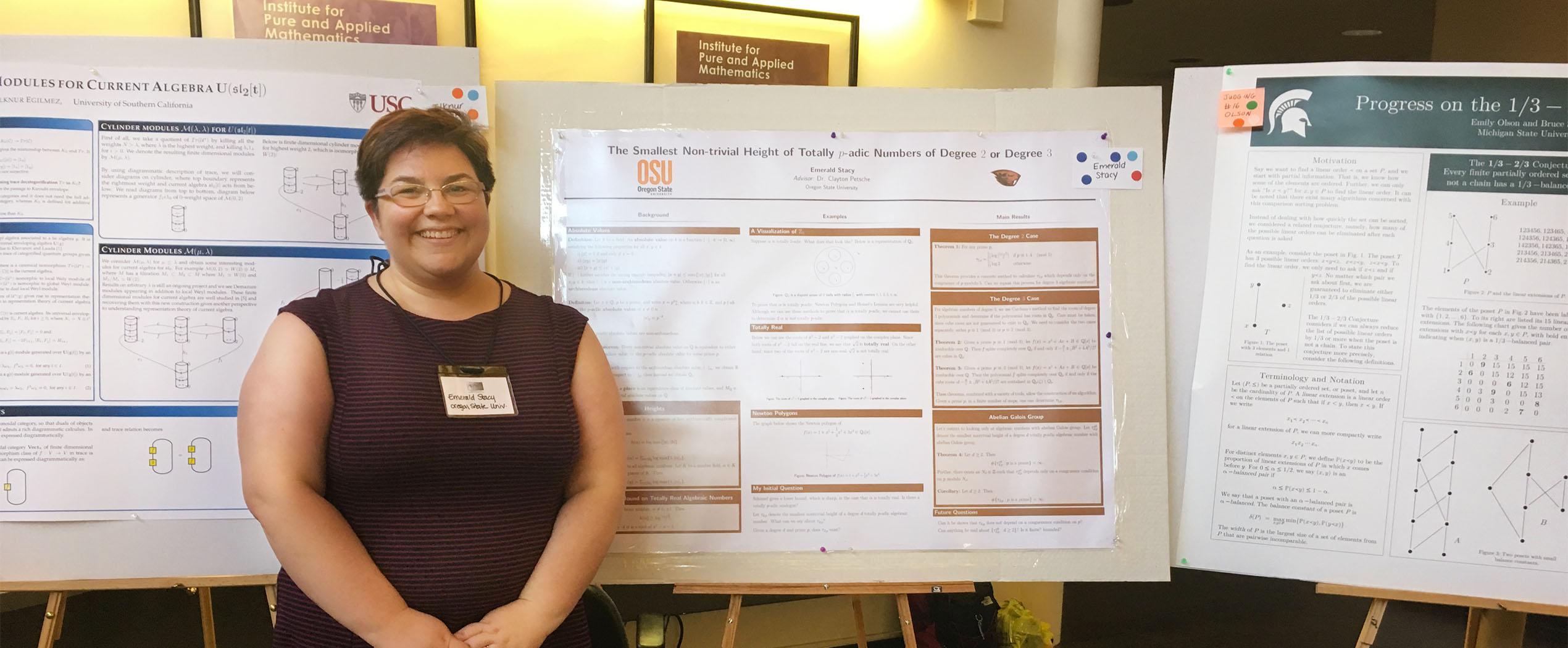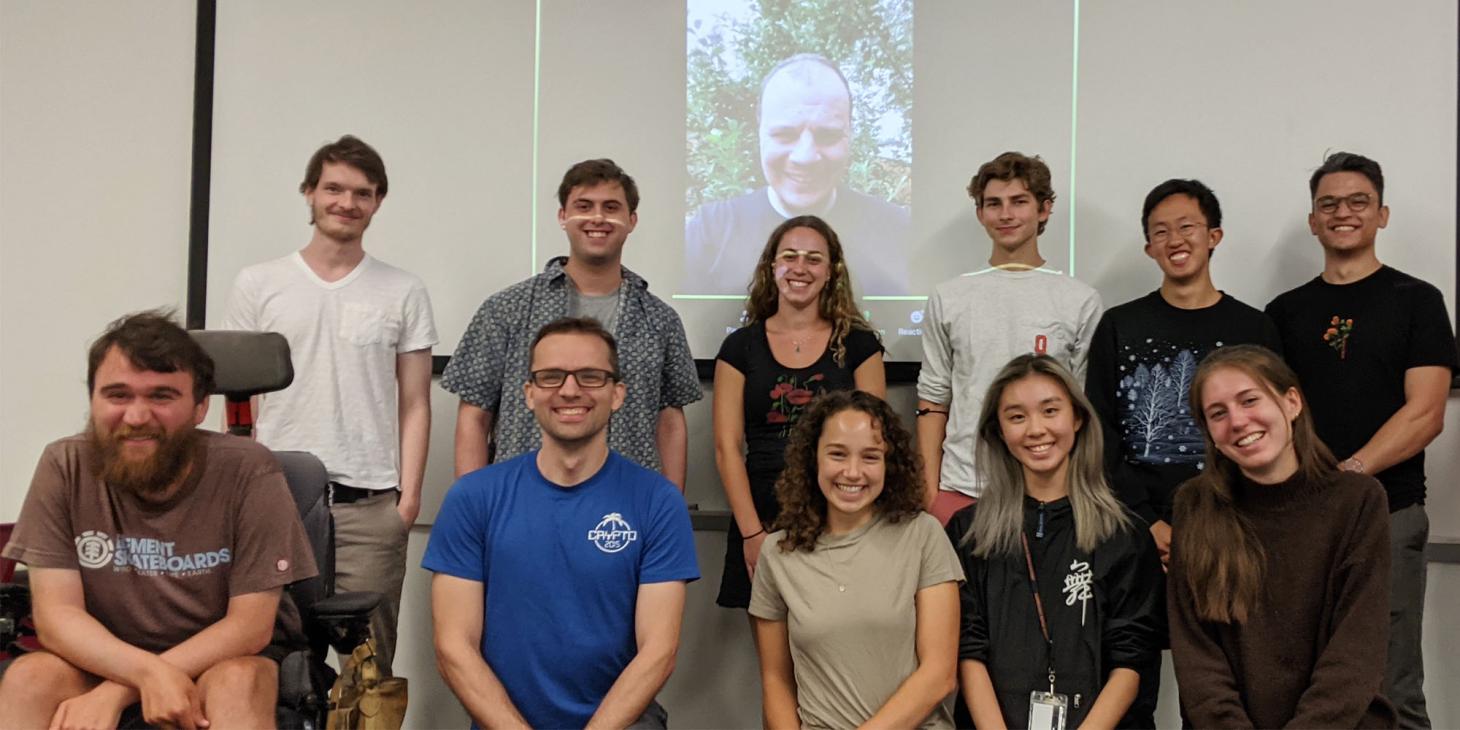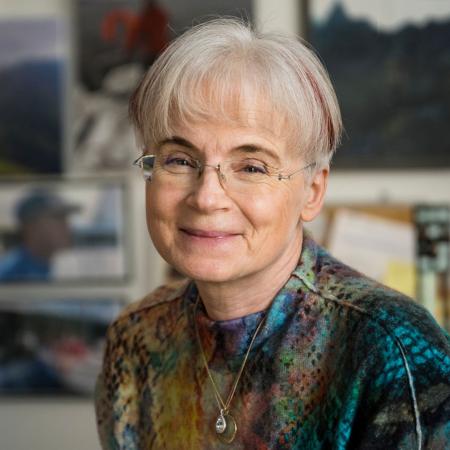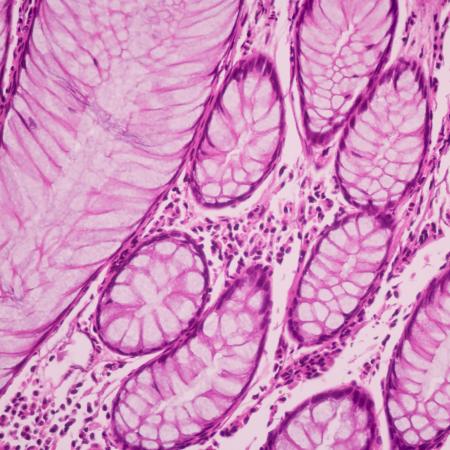Faculty members have diverse research interests that include algebra, analysis, computational and applied mathematics, financial mathematics and actuarial science, geometry, mathematics education, number theory, numerical analysis, probability, and topology.
The department has participated for many years in the National Science Foundation summer REU program. In addition, graduate students and advanced math majors often work with a faculty members on special research projects and papers.
Our department has membership in the Mathematical Sciences Research Institute (MSRI) and the Rocky Mountain Consortium (see the Summer school).




